Kuang-Yi Ku proposes creating hybrid animal organs for use in Chinese medicine
The Tiger Penis Project is a speculative design that proposes using synthetic biology to create organs that can replace the animal products used in traditional Chinese medicine, including parts from endangered species.
Kuang-Yi Ku designed the Tiger Penis Project for his graduation from the Social Design Master's program at Design Academy Eindhoven.
His project envisions a "win-win" situation for conservationists and for people who practice Chinese medicine, by exploring ways to harness new technologies to create an alternative source of animal products for use in the traditional recipes.
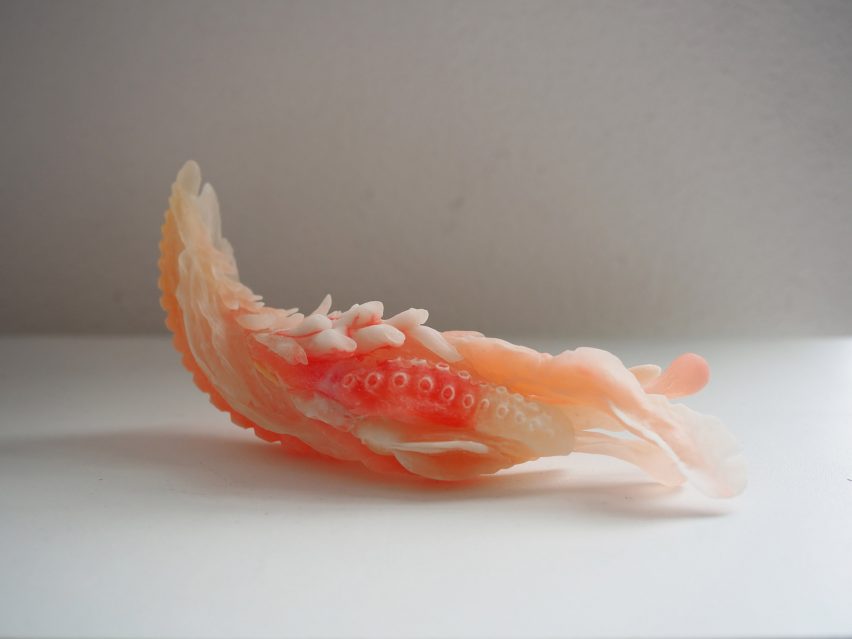
Ku proposes creating bespoke animal parts that would be combined with combinations of herbs to treat individual patients. Although the animal parts are speculative, the designer worked with traditional Chinese medicine practitioners to create real herbal formulas to complement them.
The project is named after the tiger penis as tigers were often referenced in criticism of Chinese medicine in western media that Ku had observed.
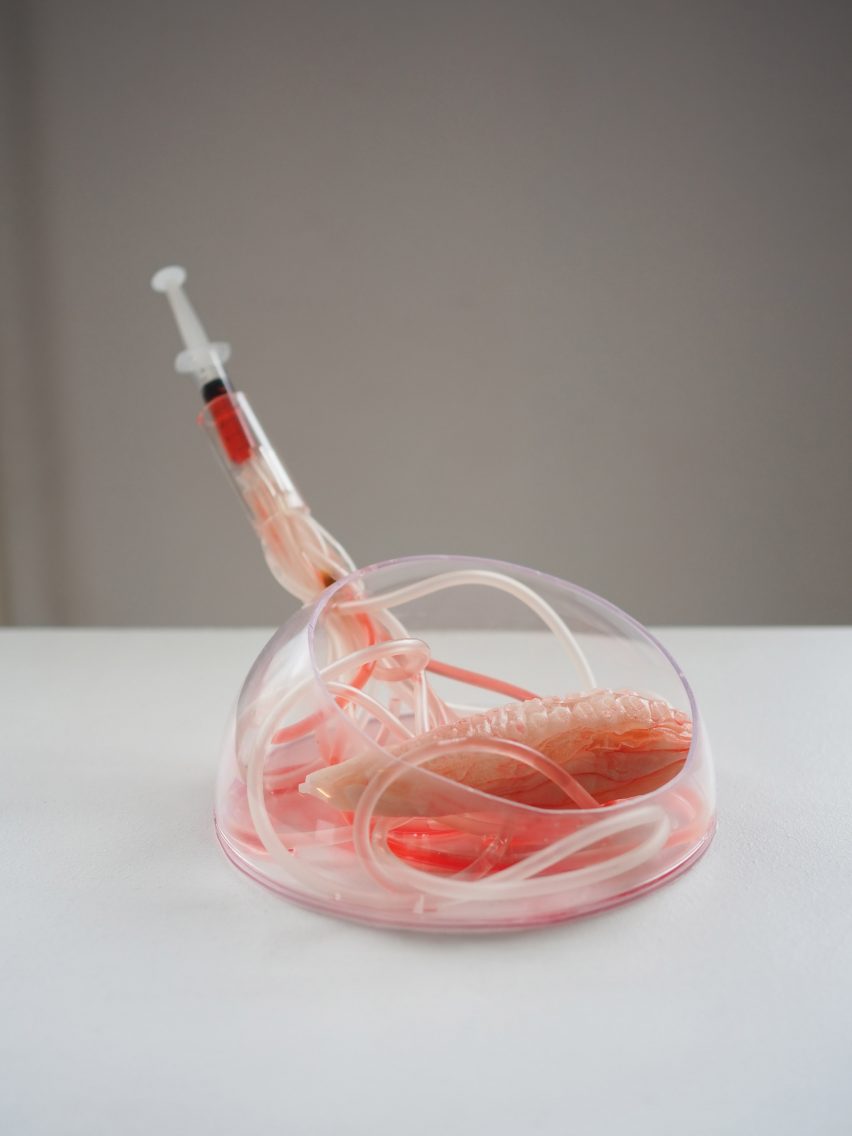
"Tiger Penis Project is a new interpretation of traditional Chinese Medicine for resolving the conflict between health, culture, and environmental conservation," the designer told Dezeen.
"I think [it] might play an important role in the contemporary design field, which has been dominated by a white, middle-class community because the scenario provides a rare non-Western perspective of critical/speculative design."
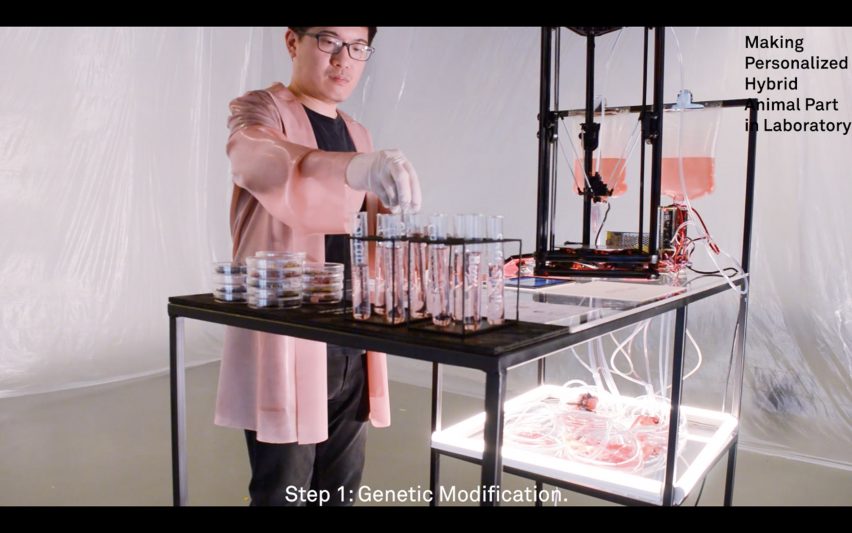
He worked with bio-engineers to research what organs might be feasible to create using genetic modification, 3D bioprinting and culture tissue.
He created a series of sculptures of hybrid animal parts using orthodontic resin, which emulates the appearance of animal tissue. These are presented as part of a mini-laboratory set-up, alongside scientific equipment and herbs to suggest how the project might look in reality.
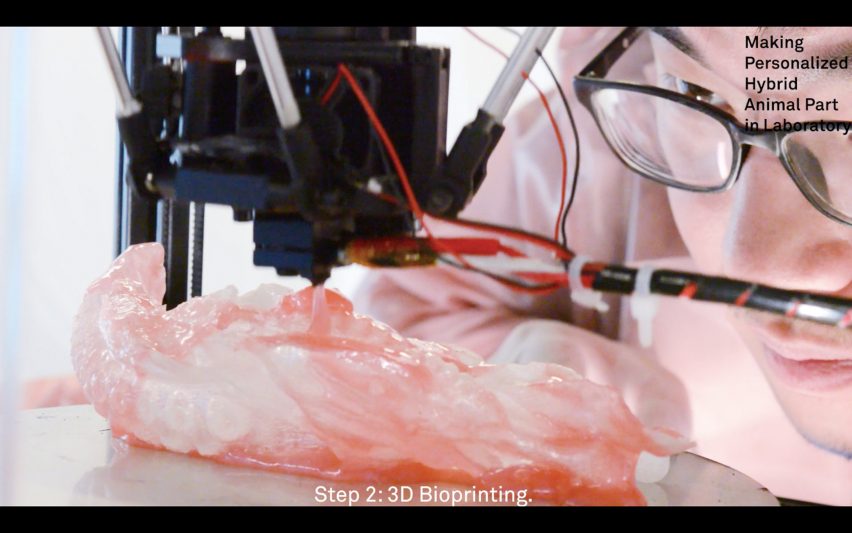
The designer also collaborated with Baltan Laboratories to create a participatory performance of the project, where participants were invited to experience what it might be like to be a patient in a future traditional Chinese medicine clinic.
He collected their reactions to use for further research, and this is also presented in a short video when the project is exhibited.
"For me this is a great opportunity to introduce Asian medical heritage to Western communities in Europe," said the designer.
"On the other hand, nowadays in the Chinese-speaking community, more and more young generations do not believe in traditional Chinese medicine anymore. It's like our grandfather's thing. So I hope that this project can also raise awareness for the Asian kids who are getting rid of the wisdom from their ancestors."
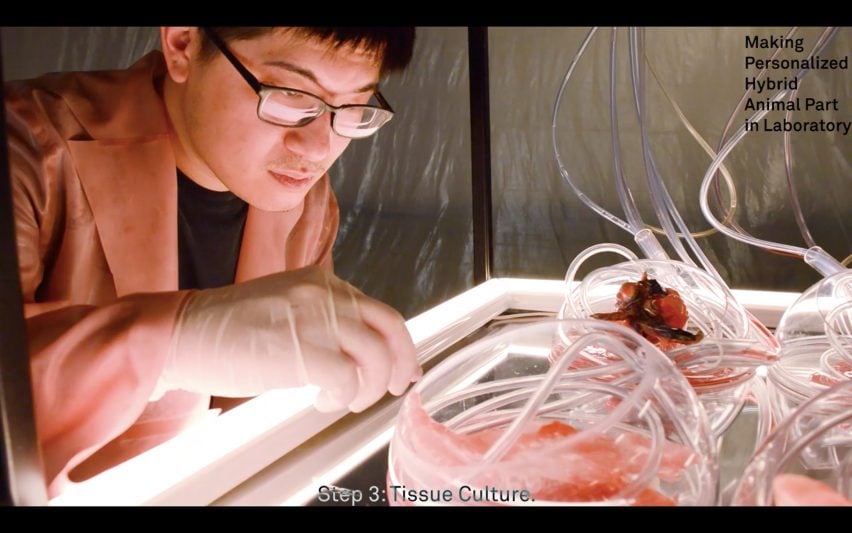
He hopes to collaborate further with scientific institutions on the project and also see if the same approach could be applied to other cultures where there is conflict between tradition and conservation or animal rights, such as the killing of dolphins in Japan or bullfighting in Spain.
"What this project is dealing with is not only a local issue in the Chinese community but also a global social issue, which needs to be solved for the coexistence of natural environment and human society."
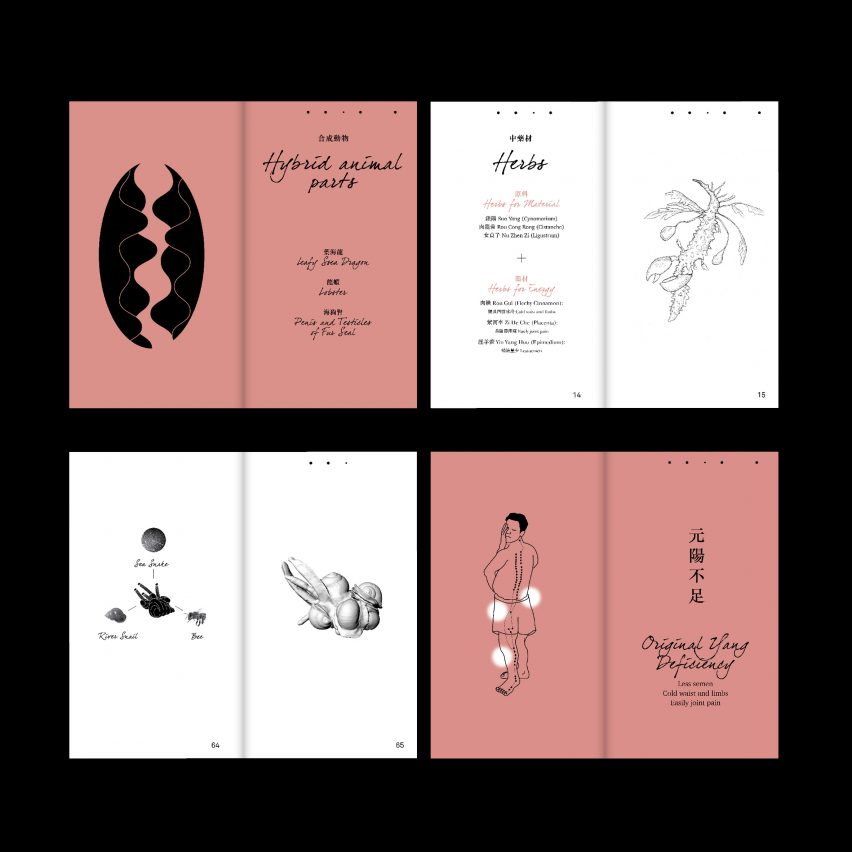
Ku worked as a dentist for six years before moving from Taiwan to the Netherlands for his studies at Design Academy Eindhoven. His previous projects have included an oral prosthetic designed to improve the experience for the recipient of oral sex.
"There are many limitations about scientific research methods, especially when it comes to the cultural issues that are derived from science itself," he explained. "So I started to find other possibilities to explore medicine and technology."
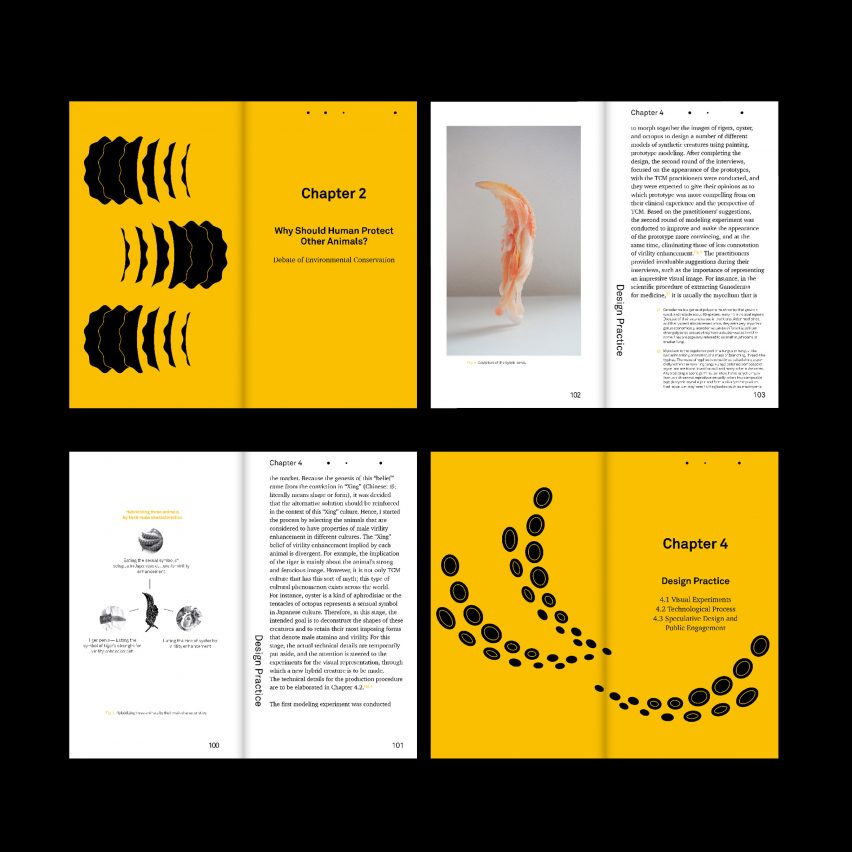
Ku is continuing to explore the theme of traditional Chinese medicine with his next project called Tarot of Pulse, that "aims to create a pseudoscientific fortune-telling system by combining the concepts of the blood pressure metre from Western medicine, feeling and visualizing the pulse in traditional Chinese medicine and Tarot
fortunetelling", as part of an artist-in-residence program at Waag in Amsterdam.
He is also the co-founder of Taiwanese bioart community TW BioArt and artist collective 0000.
Other recent graduate projects by Design Academy Eindhoven students include a "protest toilet" and bricks that aim to revive local making in the UK's Chiltern Hills.